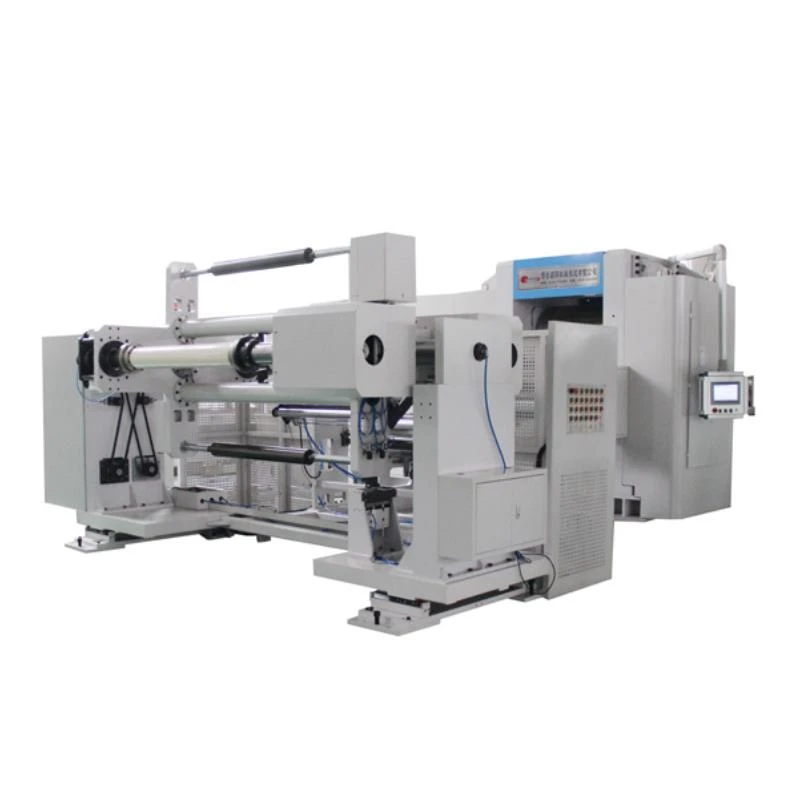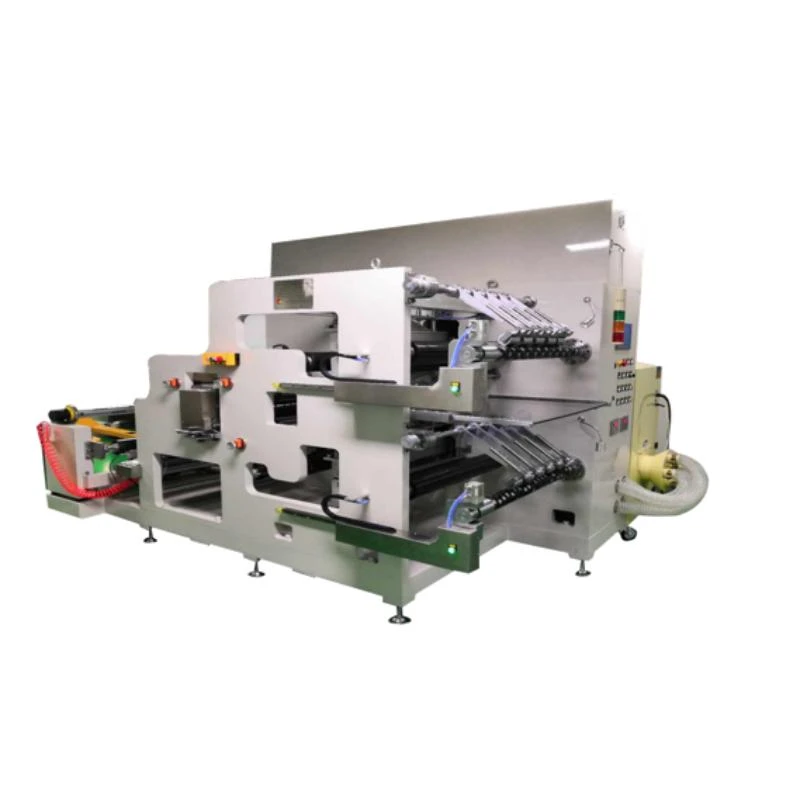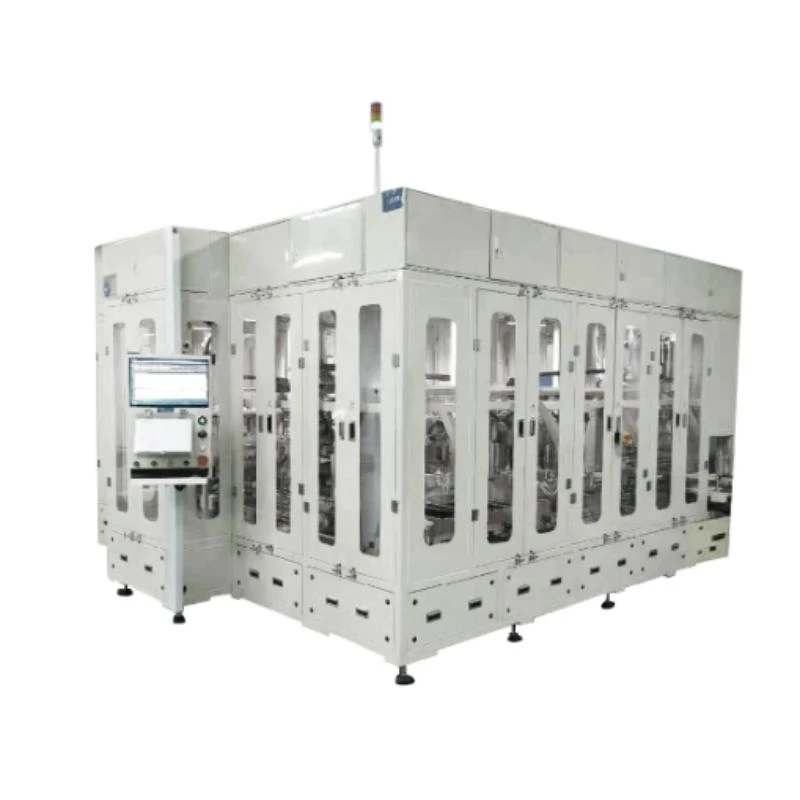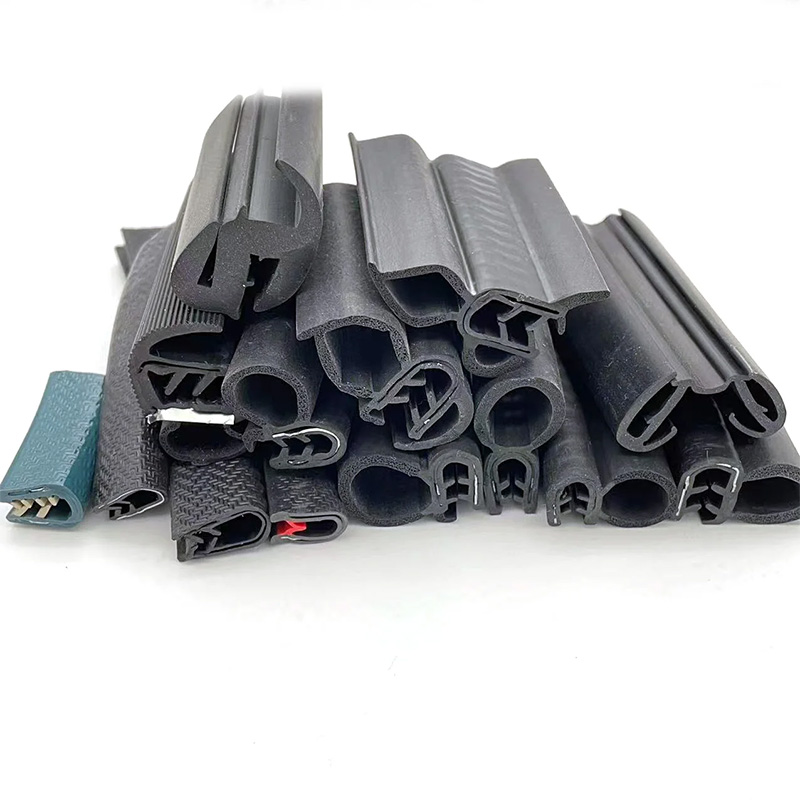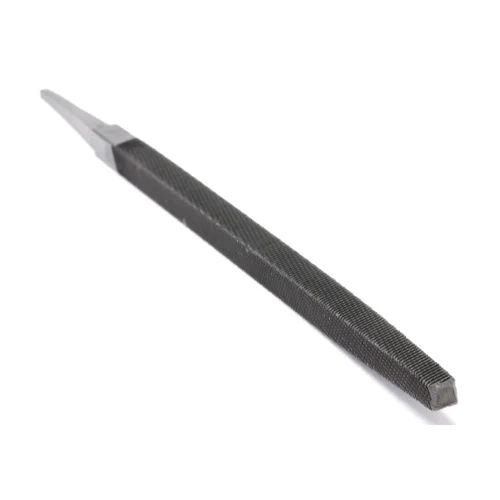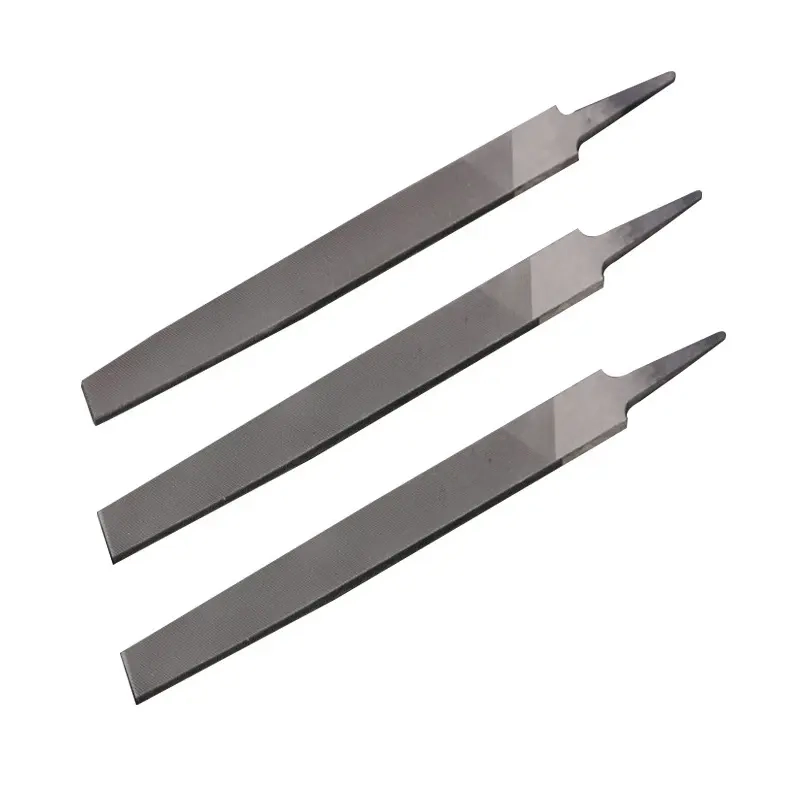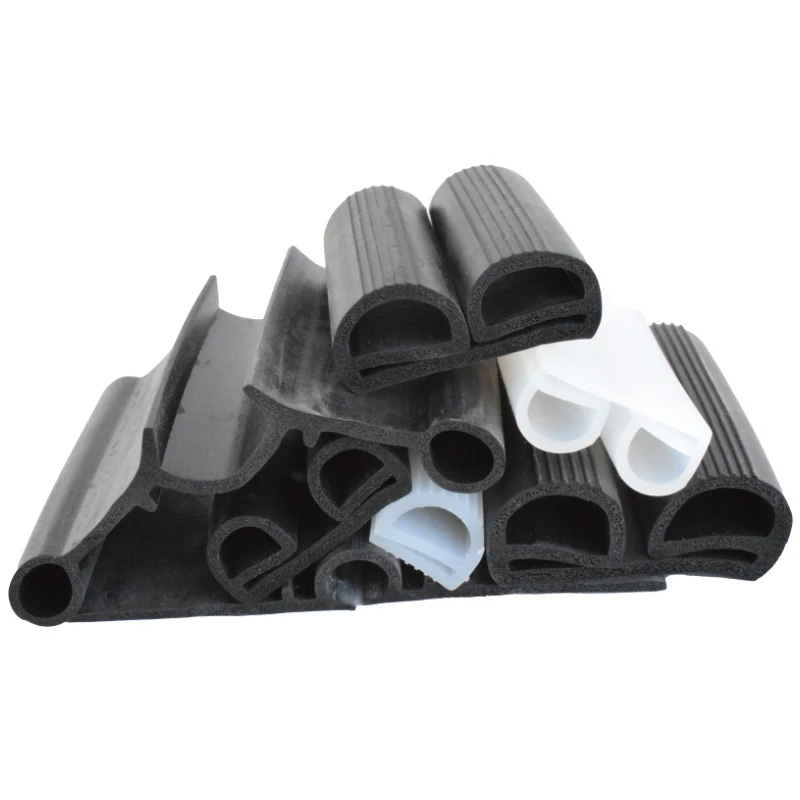The Diverse Application Scenarios of Flat Files
Flat files play an important role in multiple industries and application scenarios due to their wide and flat filing surface and efficient polishing ability. In the field of metal processing, פלאַך טעקעס are used to trim burrs, remove oxide layers, and finely polish the surface of workpieces, improving the accuracy and flatness of parts. In the woodworking industry, it is widely used for trimming edges, adjusting mortise and tenon structures, and making the surface of wood smoother. In mold manufacturing and maintenance, פלאַך טעקעס can be used for detailed trimming to ensure the accuracy of the mold.
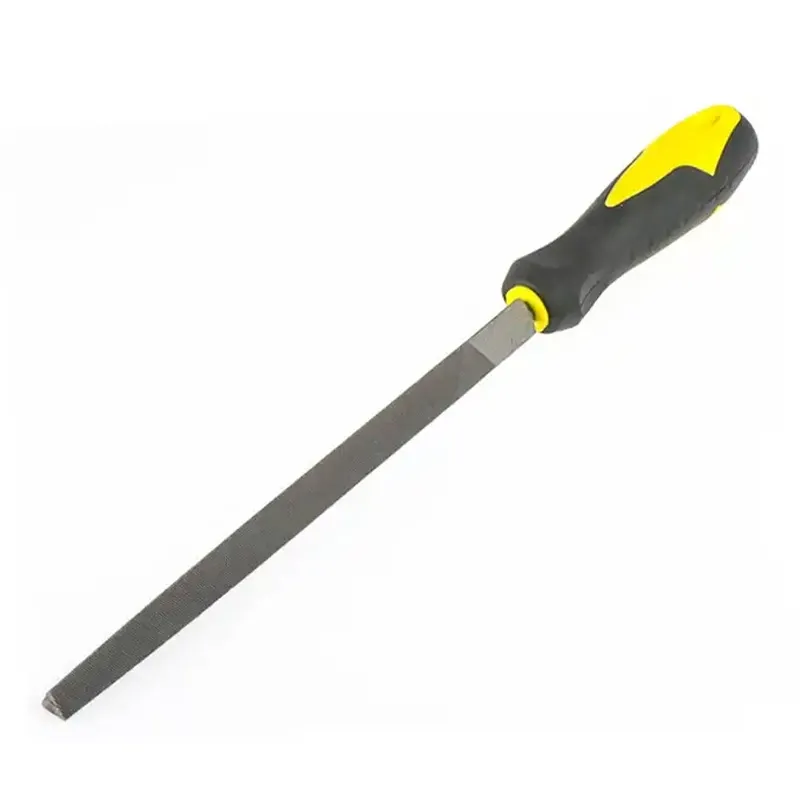
The Wide Application of Flat File
In the field of metal processing, פלאַך טעקעס are commonly used in mechanical manufacturing to trim and polish the surface of metal parts. For example, in the deburring process of parts, פלאַך טעקעס can effectively remove burrs on the edges and surfaces of the parts, making them meet the accuracy requirements. During the mold manufacturing process, flat rasps can perform fine machining on the mold cavity, core, and other parts to ensure the dimensional accuracy and surface quality of the mold. For some small-scale metal crafts production, flat rasps are an indispensable tool, which can shape and surface treat metal materials to create exquisite shapes.
Wood processing industry: In woodworking, פלאַך טעקעס are used to trim and smooth the surface of wood. When making furniture, פלאַך טעקעס can chamfer and round the edges of wood to make it more beautiful and comfortable. For some carved works, פלאַך טעקעס can be used for preliminary shape adjustment and detail processing, laying the foundation for subsequent fine carving. In addition, when repairing old wooden products, flat rasps can remove the decayed parts and unevenness on the surface, restoring their original shape and function.
DIY handicraft field: For handicraft enthusiasts, פלאַך טעקעס are a powerful assistant for various creative creations. When making handmade products such as models and jewelry, פלאַך טעקעס can process various materials to achieve their own creative designs. For example, when making metal models, פלאַך טעקעס can cut, trim, and polish metal sheets to meet the shape requirements of the model; When making wooden jewelry boxes, פלאַך טעקעס can finely process the wood to create unique shapes and smooth surfaces.
Tips and Maintenance Points for Using Flat File
When using a flat file, the first step is to choose the appropriate type of flat rasp and the thickness of the file teeth based on the material and processing requirements of the workpiece. During the operation, it is necessary to maintain the correct posture and strength, hold the flat file with both hands, apply pressure evenly, and file along the surface of the workpiece. The filing direction should be as consistent as possible with the texture direction of the workpiece to avoid scratches and burrs. At the same time, attention should be paid to controlling the filing speed to avoid being too fast or too slow, which may affect the processing effect.
When maintaining פלאַך טעקעס, debris and foreign objects on the file teeth should be cleaned promptly after each use, which can be done using a brush or compressed air. Regularly perform rust prevention treatment on flat rasps, especially for carbon tool steel and alloy tool steel פלאַך טעקעס. Apply an appropriate amount of rust prevention oil and store them in a dry and ventilated environment. If severe wear of the file teeth is found, the flat file should be replaced in a timely manner to ensure processing quality and efficiency.
Flat files, with their unique structure, diverse materials, and wide range of application scenarios, have become important tools in the fields of metal processing, wood processing, and DIY crafts. With the continuous development of materials science and manufacturing technology, the performance and functionality of פלאַך טעקעס will also continue to improve, providing better solutions for precision processing in more fields. In the future, we look forward to seeing more efficient, durable, and intelligent flat file products to further promote the development of related industries.
ייַנטיילן
-
Lithium Battery Welding Machine | High-Precision, Fast, SafeנייַעסNov.17,2025
-
Aluminium Guide Roller | Anodized, Lightweight, Low-NoiseנייַעסNov.17,2025
-
Tofu Cat Litter Bulk – Eco, Low-Dust, Fast Clumping SupplyנייַעסNov.17,2025
-
Equipment for Lithium Cell Assembly | Automated & PreciseנייַעסNov.10,2025
-
Square File Tool – Precision Cut, Hardened Steel, VersatileנייַעסNov.10,2025
-
Lithium Ion Battery Assembly Machine | Automated, High-SpeedנייַעסNov.10,2025
